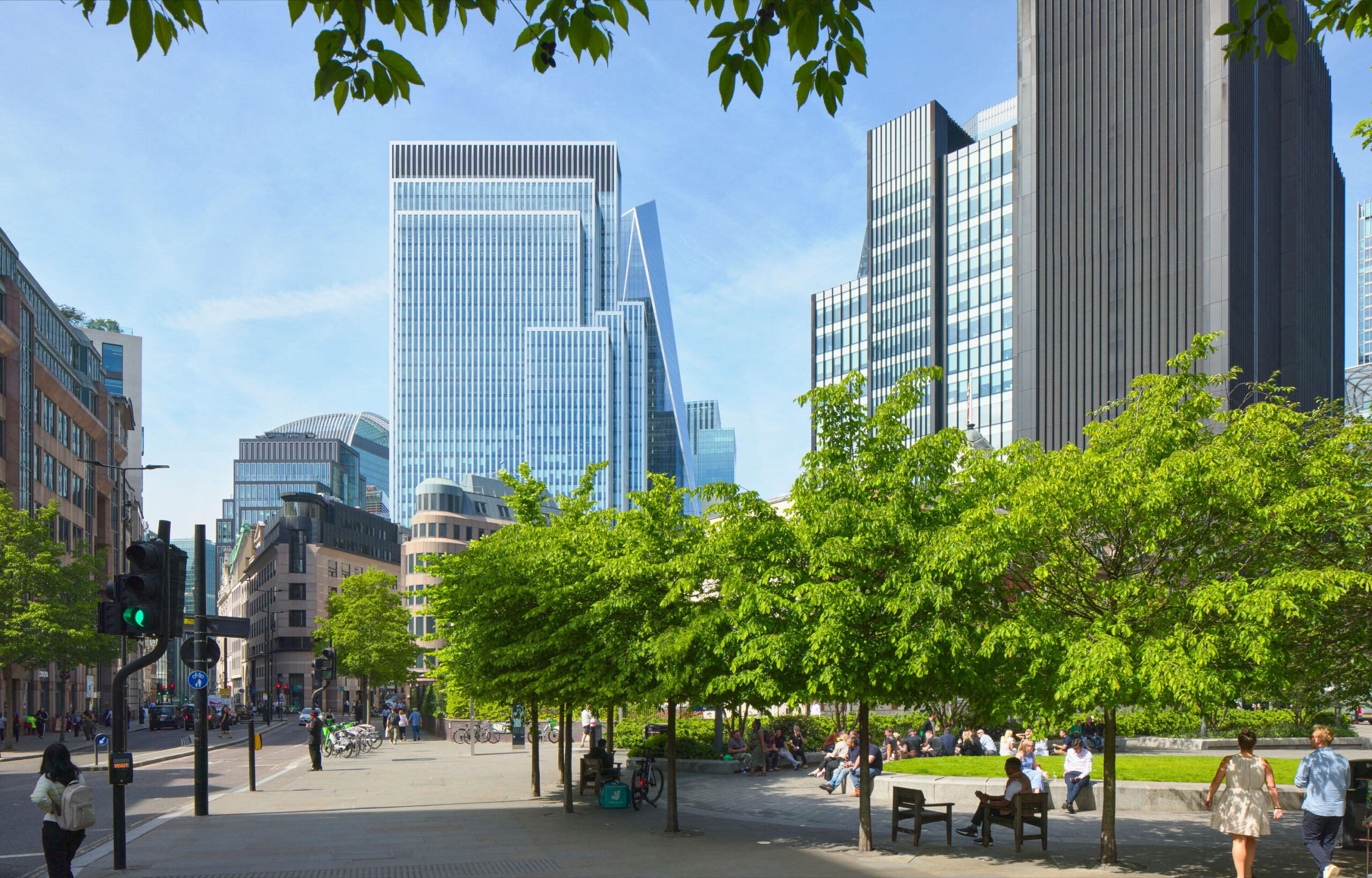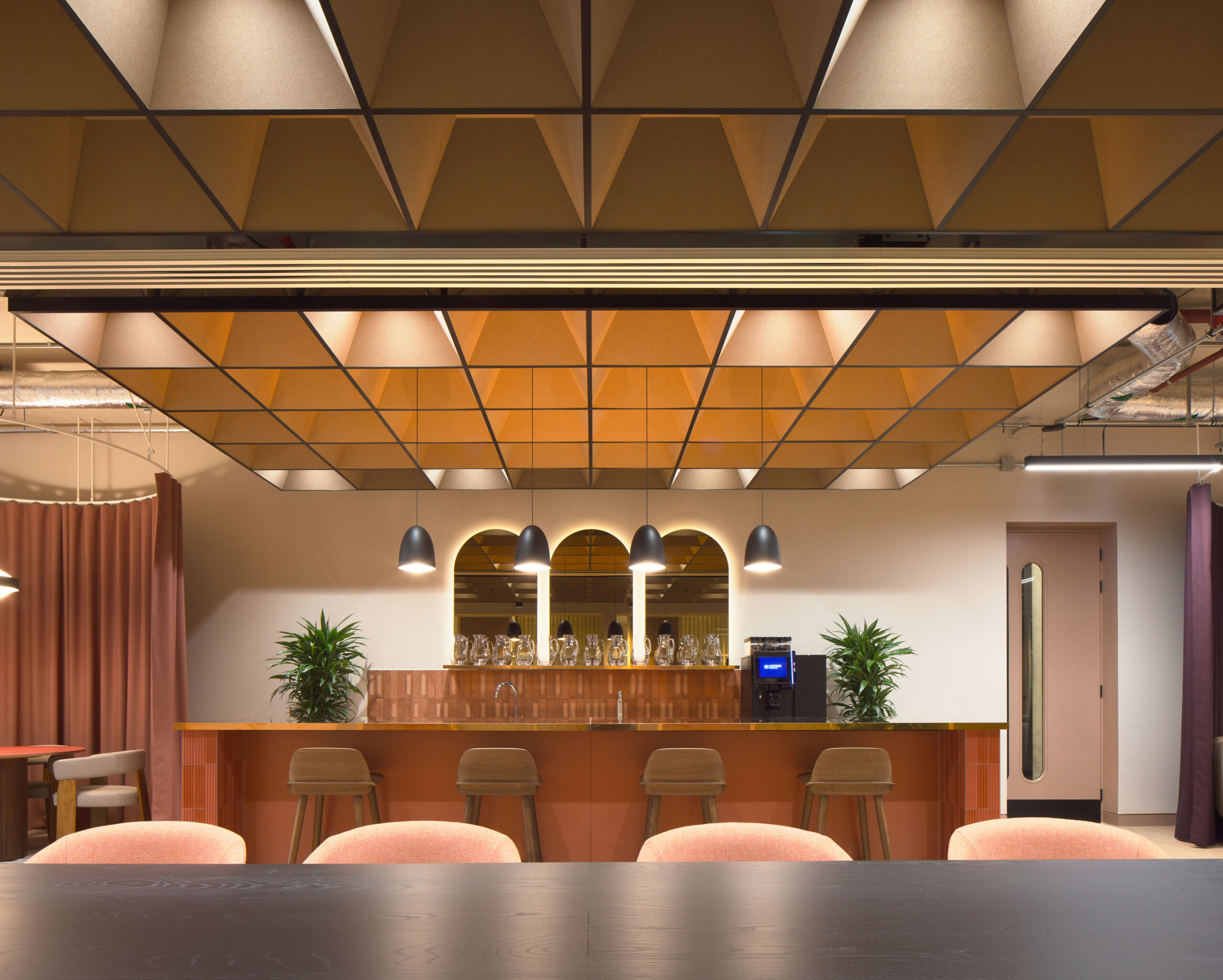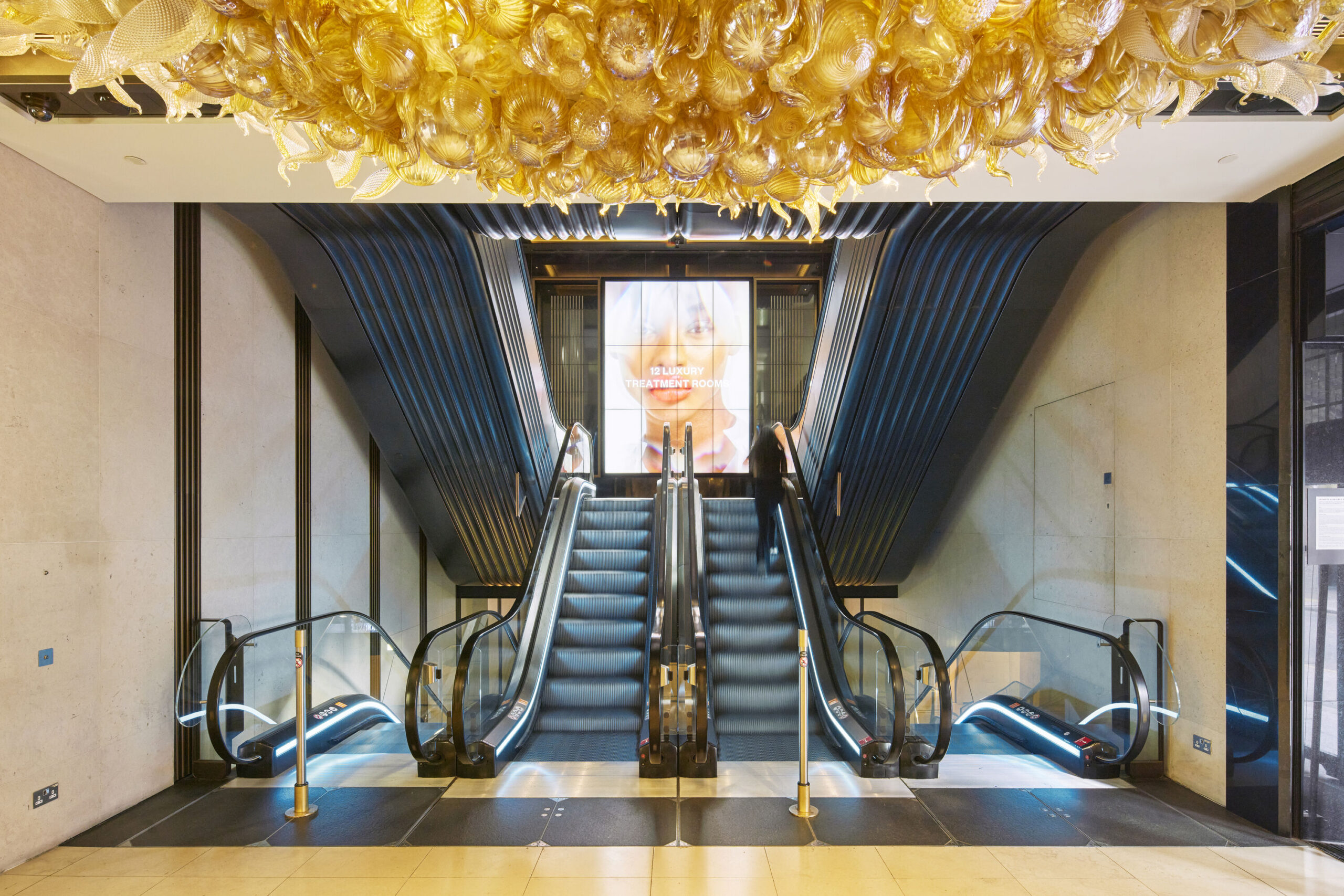
If times are hard, we work together to ensure resilience of the practice, whether that means deferring our profit share payments or encouraging people to take sabbaticals – though we never delay supplier payments in downturns. All belt-tightening is clearly communicated, and the finance team gives quarterly updates to the whole practice. There’s no smoke and mirrors.
The democratic ethos of employee ownership is completely embedded in our culture, starting with the recruitment process. We don’t have boxes to tick at interviews; instead, we ask questions to understand individuals’ motivations. If someone doesn’t have the right software skills but has the right attitude to fit Make’s culture of openness, we can train them. As for our design process, we don’t have a house style; each project is influenced directly by those who work on it. We expose all team members, regardless of experience, to all stages of a project, and encourage client and consultant contact from the start. Decisions are made within teams, not by a board member or one individual.
Employee ownership also manifests within our governance structure. We are a limited company and have a board of directors, but many day-to-day decisions are made without formal director input. For example, the Make Forum comprises a cross-section of Makers from all levels who meet regularly to discuss matters related to diversity, career development, charity and more. While the Forum can’t hold the board to account, it can question its actions, and a director sits on the Forum in case anything needs to be escalated to the board. Make does have two trustees who can hold the board to account, though, and partners can approach them with any issues they don’t want to bring up directly with the board.

Make is a keen advocate of employee ownership and in the last 6 years alone has spoken to more than 50 organisations keen to learn about it, including architecture studios, law firms, engineering practices and even Scottish Enterprise. To reinforce our own understanding of employee ownership and what it means to be a Maker, we recently introduced an in-house programme called The Make Way. This one-day workshop gives everyone here an opportunity to reflect on our culture and values and remind ourselves of Make’s purpose. It’s a chance to shape an inclusive work environment and help create guiding principles for the practice as we continue to evolve.

Makers are in it together. We share a common purpose and language, and everyone is free to express themselves. Our employee-owned structure, coupled with these collaborative working methods, fosters a working environment with job security, low staff turnover and engaged, loyal employees. It also promotes design excellence, as we listen to a wide variety of ideas and points of view, ultimately leading to better buildings, places and spaces.























































































































































































































































































